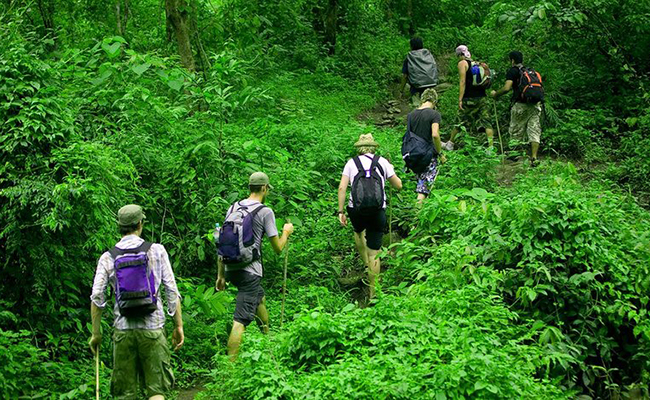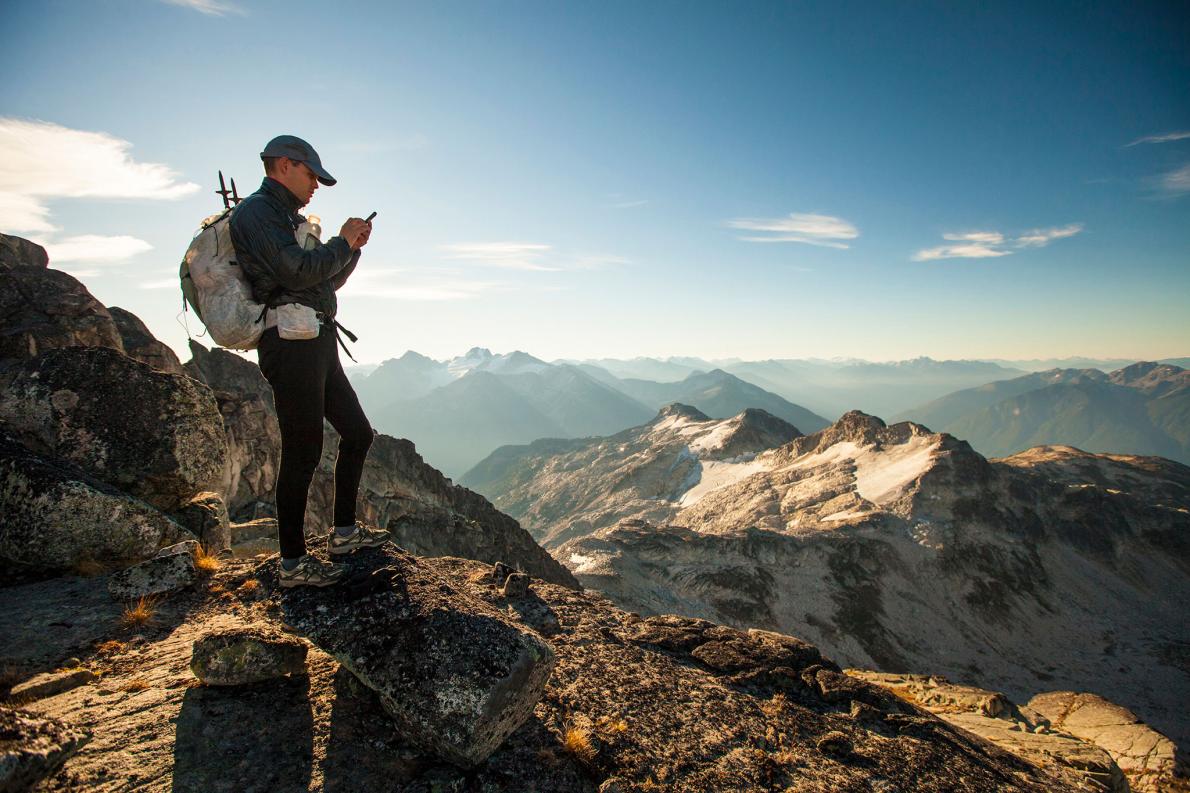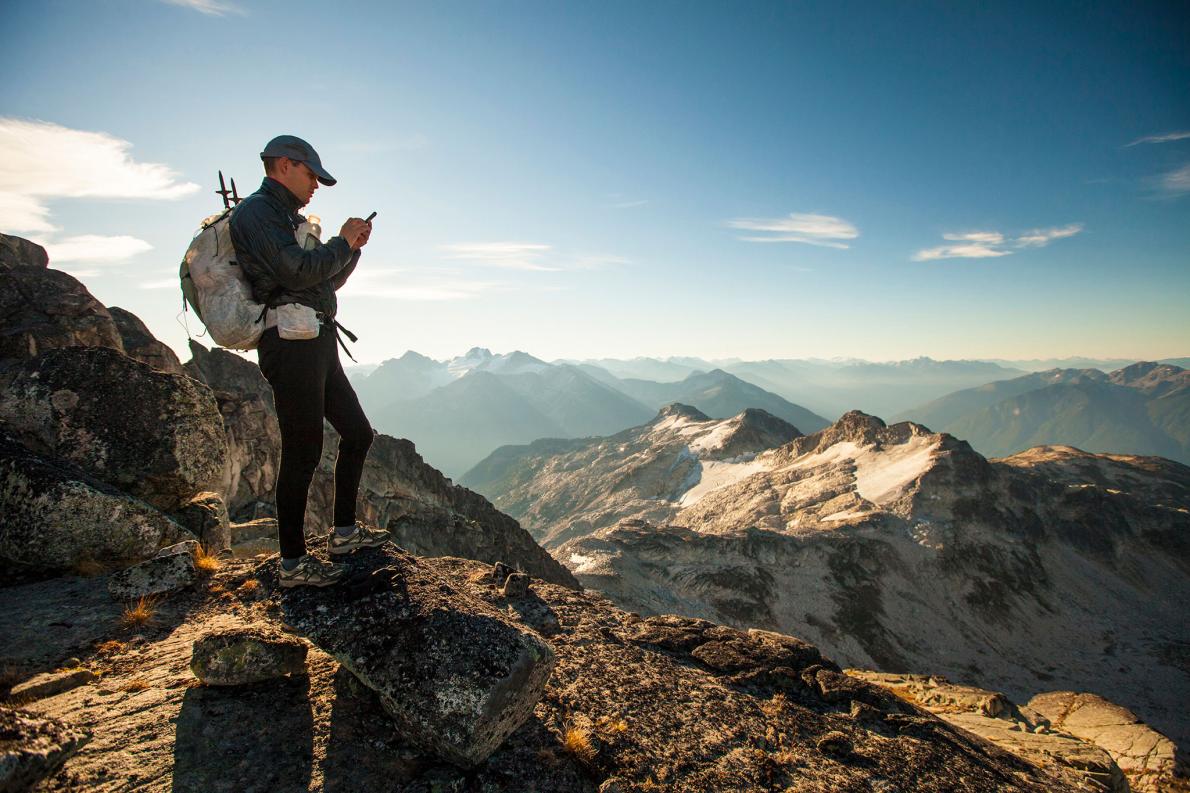The news of the discovery of the body of a young man who went missing 7 days ago while trekking the Ta Nang - Phan Dung route made the morning gloomy. I waited and prayed for a miracle but it did not happen. I do not know the reason why you got lost, nor what you prepared for the trip, from health, supplies, food, water to survival skills in the wilderness, so I have no comment. I just want to express my condolences to your family and wish you rest in peace. But I still want to write a few lines for the young people, or those who are still young, in my friend list. Maybe it can be useful.
One time a friend of mine had a motorbike accident on the highway. It was minor, just scratches and bleeding. That day, many people ran over to help. They were surprised to see us take out from our backpacks tools such as bandages, gauze, antiseptic alcohol, knives, tweezers, scissors,... to treat the wound and bandage it carefully. Seeing the way we worked, the witnesses that day did not know who we were. Some concluded that we were... doctors. They did not know that we were on our way back and had just regained phone signal after more than half a month of trekking through the jungle.
Then another time, I was asked by a young friend to help me on a sampling trip for a project he was working on. When I got to the field, I discovered that he had prepared for his trip with the baggage of faith and youthful enthusiasm. That day I was extremely disappointed. Luckily, the trip was short, and I had prepared.

Life is more important than any petty ego!
It is true that youth must travel, must be a little crazy, must be a little crazy, must have a little rage, and experience is always worth having. But don't joke with death. Your life is always the most precious thing you have, the thing that your parents can trade everything to keep it. I tell the two stories above to say that no one can foresee the risks. Preparation for the trips is necessary.
So what do you need to prepare? Many experienced people have written very elaborate articles that you can read. If you need to share from those people, I believe you will receive thoughtful guidance. Be patient to listen and study.Life is more important than any petty ego.
Health
Plan your trip itinerary and consider your health. If that doesn’t work, practice for another time.
Go in groups
Going into the forest or into the wilderness is always full of risks. It is necessary to go in groups to support each other. The group must be at least 3 people, including someone with experience. There are many reasons why it is 3, I will not analyze here, I just want to point out one case: if you have any unexpected events, make sure that there are at least 2 people to carry you.

Go in groups of at least 3 people
Always obey the rules and never leave the group without permission. If for any reason, notify everyone.
Clothing, food, drinks
Remember the first and most important thing: Whenever you take down your backpack, it must have enough stuff in it to last you for 3 days.
Skin:Wear lightweight, loose, durable shoes and socks. The clothes you bring should be folded into sets and put in separate plastic bags to make it easy to change and waterproof when it rains. Again, the material of the clothes must be durable. Don't be stingy with things that help you survive. Don't forget warm clothes. The temperature in the forest will drop very quickly in the afternoon. The amplitude of fluctuations between day and night is very large. And don't forget the raincoat!
.jpg_1.jpg)
An example of trekking gear
Food:If the trip is long, you can bring rice and other food. You can transport these things, gather them at the location or hire porters. Always have food in your backpack to last until you reach the rest stop. To keep it light, you can prepare dry food. The best are light things that provide high and instant energy. For example, chocolate, kit kat.
Drinking water:The trick when hiking or climbing is to drink less water. It saves water and reduces fatigue. The more you drink, the more tired you get. Drinking to your heart’s content will only lead to giving up.
Materials:
Tents:You can choose to buy according to price and quality depending on the nature of the trip or how often you need to use it.
Knife:A bushcraft knife can be used for clearing paths, felling trees, and gathering firewood. The knife must have a strap and a sheath for safety. It is too risky to fall with a sharp knife in your hand.
Fire: Fire is always necessary. It helps you cook, warm up, scare away animals, signal for help... Don't learn how to make fire from the writers. Prepare a lighter, a good one, two of them. My experience is that you should buy a Bic gas lighter. I really trust this type of lighter because of its ignition quality and durability. Market price is 15k/piece. In Quy Nhon, I saw it sold at Vinh Thuy wholesale store near the border guard barracks.
Flashlight:Prepare a good flashlight, the kind that uses removable batteries is more convenient than rechargeable batteries because in the wilderness there is no electricity. Buy extra batteries. The best flashlight light is yellow light because this type of light sticks to the road better than white light, especially when it is raining. If you cannot find a flashlight with yellow light, prepare a piece of transparent yellow nylon to create the desired light.
Stick:A cane can be very important when you are moving around or navigating a situation. It can be a specialized cane or you can cut down a tree to make one. Be careful not to make it sharp, as this can be dangerous if you slip or fall.
Medicines: Medicine, bandages, antiseptic, first aid kit for injuries, anti-leech medicine, insect repellent...
Some notes when going to the forest
- Everyone must carry their own backpack and belongings. Do not ask others to carry them for you. Keeping your backpack is like keeping your life.

- Walk in line and keep a visible distance from each other. Actually this goes without saying because the forest path doesn't have many lanes.
- Walk moderately, not too fast, not too slow, and distribute your energy well.
- Do not joke or try to take photos in dangerous places such as cliffs, waterfalls...
- Do not sit and rest under the stream when the sky is cloudy, especially in the afternoon. In the forest, it often rains locally and floods always rise very quickly.
- When it rains heavily, wear a raincoat and try to get out to an open area. Otherwise, it is better to get wet than to take shelter under a large tree. Lightning can strike or branches can fall on your head at any time.
- Note that when cooking, heating or signaling, chopped fresh firewood is easier to catch fire than wet dry firewood.
What to do if lost:
- Don't lose heart. Panic will kill you faster than hunger or thirst or anything else.
- Wherever you get lost, camp right there so others can easily come back and find you. The more you try to find your way, the more lost you become, and the further away you are from meeting your companions.

Currently there are many technological devices and apps for survival when trekking.
- Be confident that your backpack is full of self-defense items and necessities that will help you survive for three days. Use them sparingly and wisely. In three days, everything can be solved. Backpack is life.
There are many more but that’s it for now, it’s too long. The above are the basic points summarized from personal experience and learning from experience. That has helped me travel on many forest paths. And because it is personal experience, it may not be the same as others or not the best way!
Pack your bags and go, but make sure you get there!
Tran Phan


































